Affiliate links on Android Authority may earn us a commission. Learn more.
What is a central bank digital currency (CBDC)?

The cryptocurrency market’s surging popularity over the past few years has prompted governments around the world to take notice. Financial institutions, banks, and even private companies are now racing to create their own electronic cash alternatives, often dubbed central bank digital currencies or CBDCs in short.
Central bank digital currencies are often heralded as the next evolution of money, since they could eventually render physical cash redundant. CBDCs typically come in the form of a virtual token that’s the equivalent to a country’s existing fiat currency. This means you could conceivably manage and transfer your wealth from a digital wallet, just like you would with any cryptocurrency.
The similarities between CBDCs and cryptocurrencies pretty much end there, however. Under the hood, there are several philosophical and technical differences between the two that are worth pondering over. In this article, let’s explore how CBDCs diverge from traditional cryptocurrencies like Bitcoin, and why governments are so keen on deploying them.
What is a CBDC?
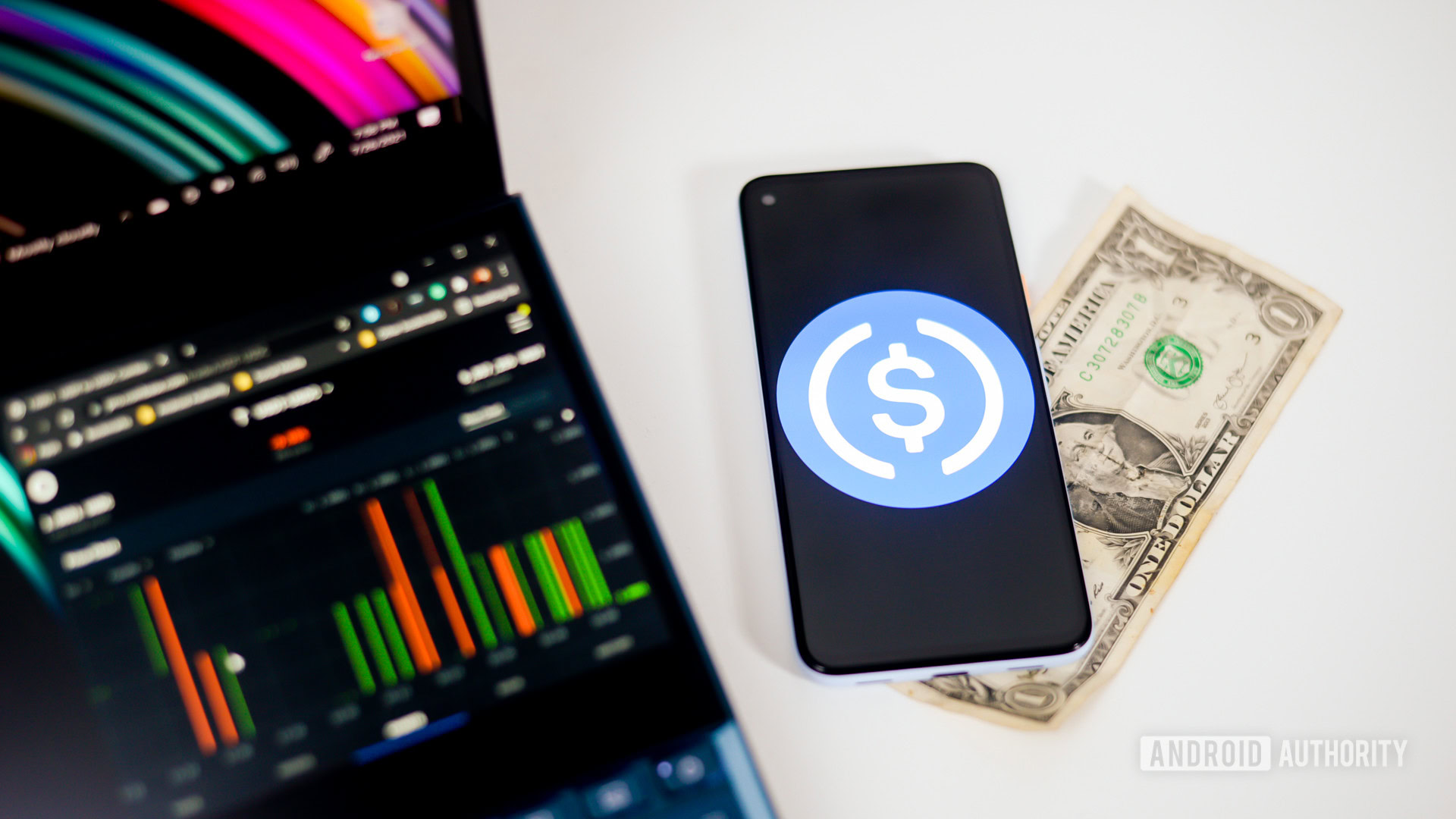
As the title suggests, CBDC refers to a state-backed and issued currency that can be used for payments by individuals, businesses, governments, and everyone in between. They’re typically engineered to improve the efficiency of payments and offer a stable medium of exchange, similar to cash, but over a digital medium instead.
The most common implementation of CBDCs involve storing tokens in a digital wallet on your smartphone. For the marginalized sections of society without internet connectivity, central banks have even proposed supporting payments over 2G telecom protocols like USSD and SMS.
With the right cryptographic principles, CBDCs can almost completely eliminate the problem of counterfeiting from fiat currencies.
Make no mistake, though. Virtually no central bank-developed digital currency bears any similarity to traditional cryptocurrencies, such as Bitcoin. This is because CBDCs rely on a central authority that handles issuance and distribution.
In contrast, cryptocurrencies are generally decentralized and function independently of any one central bank. They also rely on a system of cryptographic principles to process new transactions. While this separation from the state means that cryptocurrencies aren’t legal tender in most countries, it also insulates them from the risk of political instability. Put simply, cryptocurrencies and CBDCs are designed for entirely different applications.
In day-to-day usage however, a centralized CBDC would offer a similar level of convenience as existing cryptocurrencies. In case you haven’t used one yet, a digital currency allows you to transfer wealth between two digital wallets over the internet. Depending on the cryptocurrency in question, additional functionality like smart contracts may also be present.
Beyond commerce, the technology can also be used for automating payments — as highlighted by Ethereum’s programmable smart contracts. This would not only replace cheques and other slow, labor-intensive payment methods, but also offer a greater degree of traceability and accountability.
Digital currency transactions are often significantly faster than a traditional bank transfer because there aren’t any intermediaries. This also means you can transact across international borders without paying exorbitant fees or waiting weeks for the money to reach its destination.
To summarize:
- A CBDC is essentially a digital token, backed by a particular country’s central bank and government.
- They’re centralized and subject to the same monetary policies as traditional money.
- Central banks have complete oversight over a CBDC’s distribution and circulation. In contrast, cryptocurrencies are decentralized and some, like Bitcoin, have a fixed supply to prevent runaway inflation.
- CBDCs are typically designed to reach a wider demographic.
- Since the system involves a central authority, it may wind up cheaper to operate and transact with.
- The downside to CBDCs is they cannot serve as a long-term store of value since they’re subject to the same monetary policies as fiat currencies.
Why do central banks want electronic money?
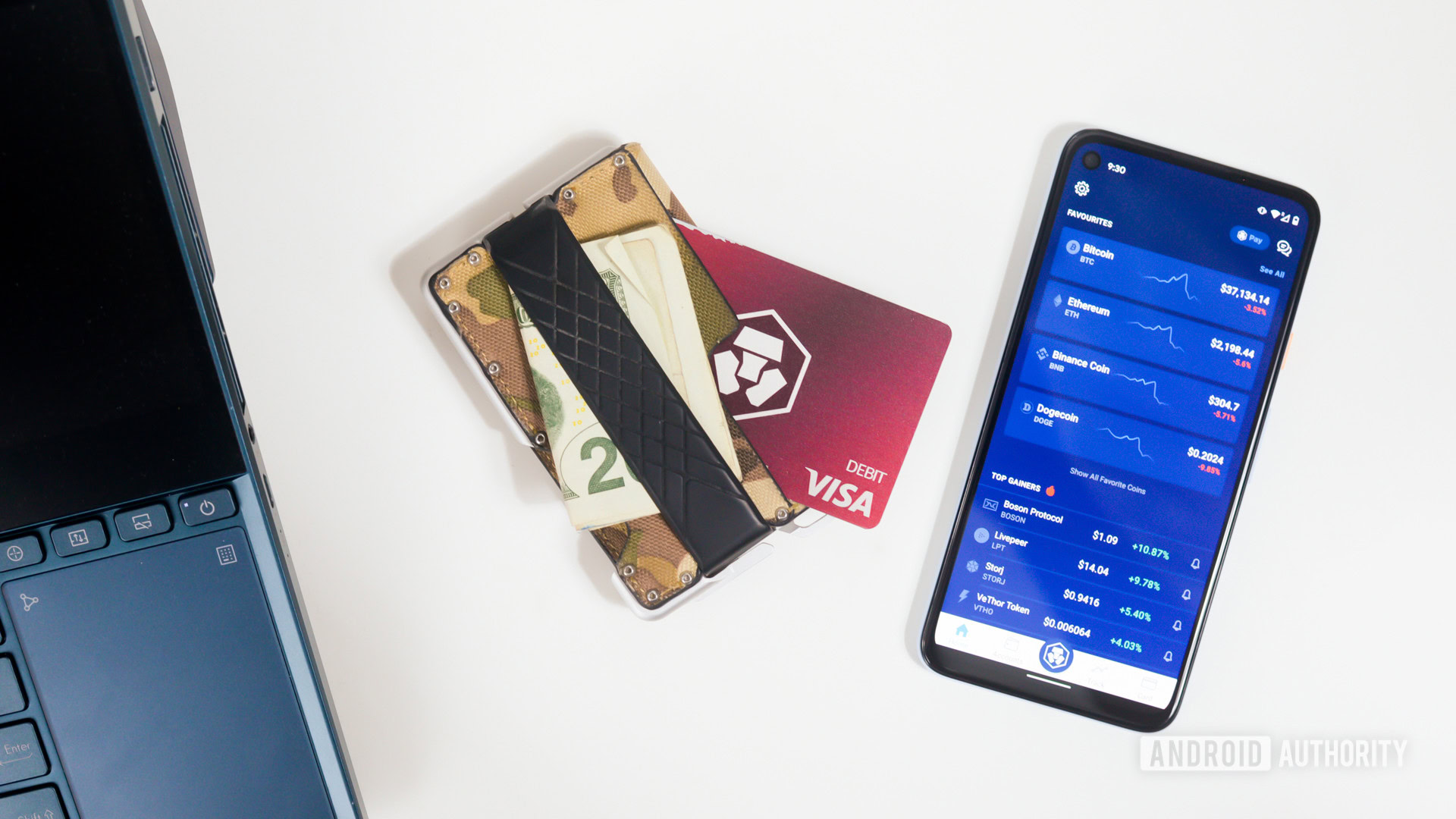
A central bank’s primary role is to manage the country’s legal tender (its currency), and the amount of money in circulation. As you can probably imagine, banknotes and physical cash in general are expensive to produce, and extremely difficult to oversee once they enter circulation.
A central bank-issued digital currency that replaces or exists, in addition to the country’s existing forms of legal tender, would help alleviate both issues. It would bring costs down for not only the central bank, but also the general public.
For nearly a century now, the financial industry has resisted disruption and grappled with the problem of fragmentation. Central banks say CBDCs could fix this problem. Other benefits include cheaper and instant transactions, both domestically and internationally. Currently, most countries employ some form of Real-Time Gross Settlement (RTGS) system. However, since it’s only available to banks, those without bank accounts are left in the dark, or financially helpless.
According to a paper published by the US Federal Reserve, 6.5% of the country’s population — or roughly 8.4 million US households — are unbanked and don’t have access to the financial system. The authors continued:
“If the CBDC used bank accounts and ran over mobile networks without requiring the use of smartphones, it could reach 98% of households”.
Notably, financial inclusion was also why the lawmakers of El Salvador shifted their sights to cryptocurrency technology. Instead of developing a CBDC however, it enacted a bill recognizing Bitcoin as legal tender in 2021. This means citizens of El Salvador can now transact with the cryptocurrency as universally as they can with cash. Everything from electricity bills to tax dues can now be paid in Bitcoin, bringing it on par with the dollar in terms of acceptance.
CBDCs: Not a threat to Bitcoin
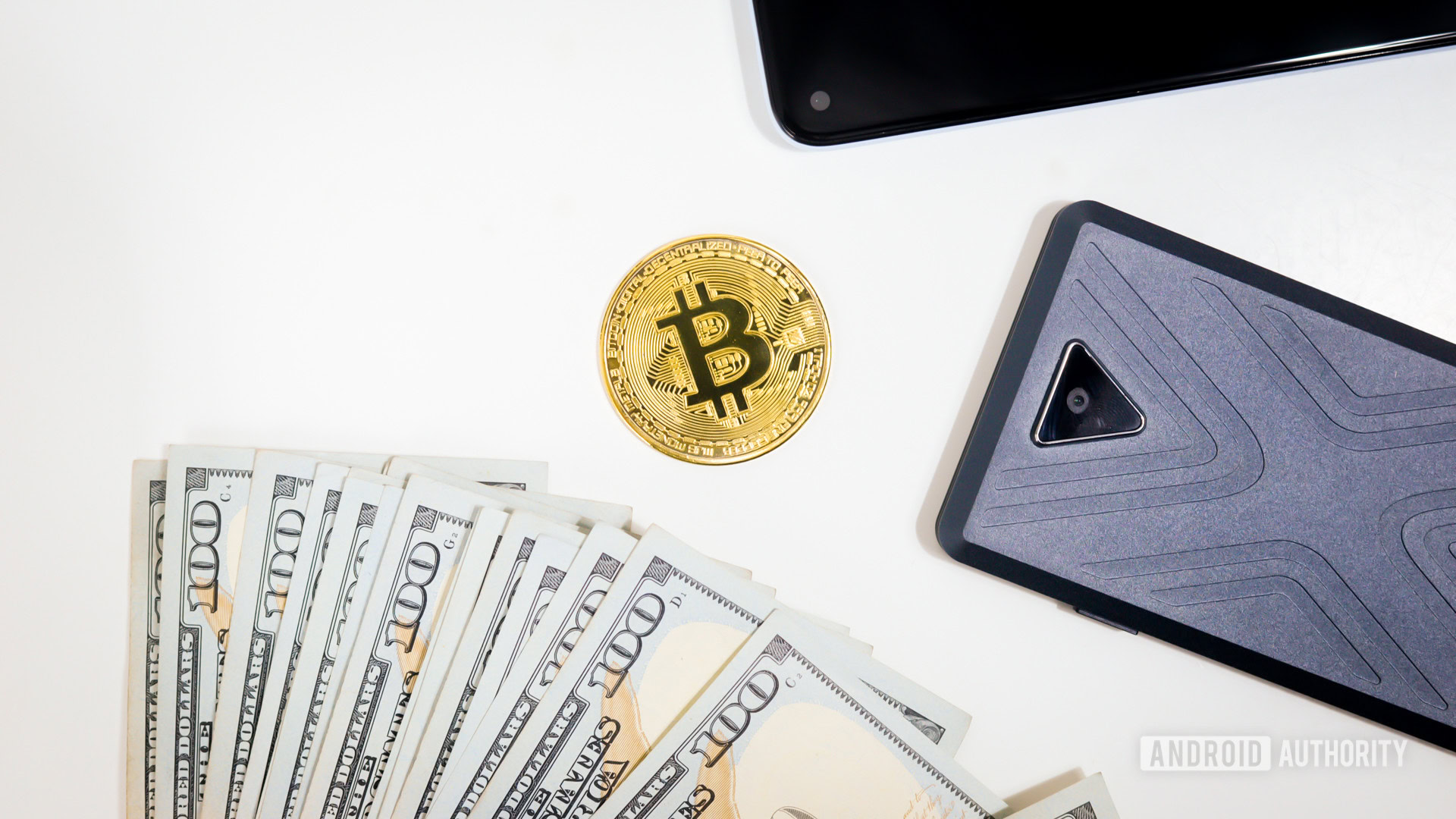
CBDCs may seem like a central bank-issued version of cryptocurrencies like Bitcoin. However, they don’t share the same underlying technology at all. Decentralized currencies use blockchain technology, which requires a consensus mechanism to ensure no single party is ever in control. That’s naturally flipped in the case of CBDCs, so they’re more like a centralized database instead.
A common misconception is that governments dislike Bitcoin and other cryptocurrencies because of their lack of traceability. However, this couldn’t be further from the truth.
Entire companies, including Chainalysis and Elliptic, dedicate themselves to analyzing crypto ledgers. This is because blockchain technology is innately transparent and most individuals simply don’t have the means to cover their tracks.
Read more: What is blockchain technology?
Individuals engaged in malicious or illicit activities have long since moved away from the Bitcoin network. Monero is much more popular in those circles, especially in recent years. Unlike Bitcoin, it’s laser-focused on providing anonymity to its users.
Circling back to CBDCs, they open the door to even better traceability than Bitcoin. As you can imagine, this directly benefits governments and central banks. On the one hand, it enables easy deployment of subsidies and welfare schemes. Conversely, however, it also introduces the risk of reduced transactional privacy and confidentiality.
Even in today’s digital world, tracking an individual’s spending habits or income across multiple bank accounts and services can get complicated. With a CBDC however, governments would have complete oversight from one centralized database.
It’s not particularly surprising to learn that China was among the earliest to begin researching and developing a central bank-issued digital currency. Another example of this trend is Russia’s proposed “digital ruble” CBDC.
CBDCs and the risk of financial exclusion
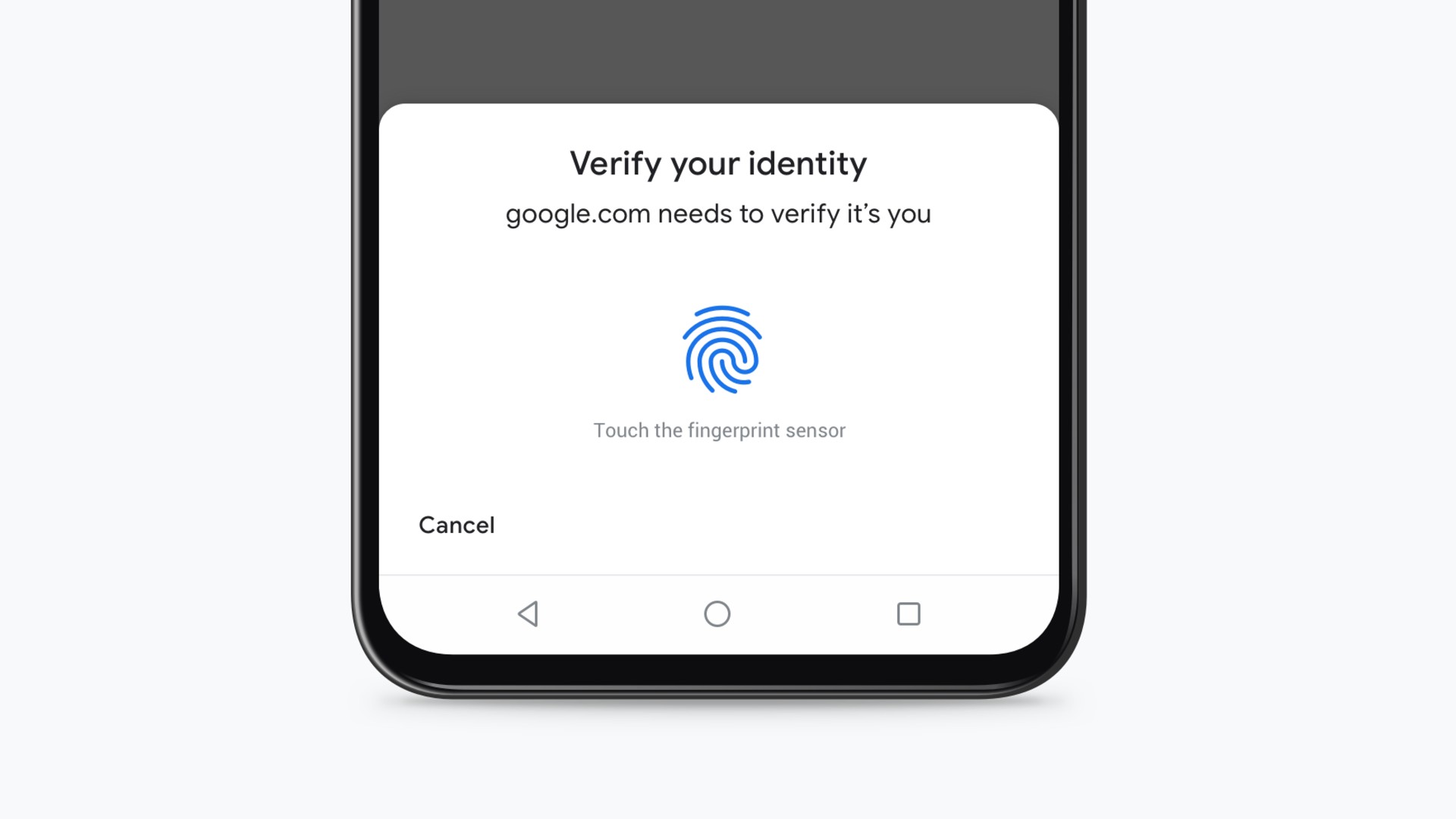
A paper published by Russia’s central bank in July 2021 hinted at the possibility of banning or censoring digital ruble transactions from certain individuals or companies. If you don’t think there’s much to worry about, don’t forget that the Russian government has a complicated history of limiting access to online services. In 2018, for instance, it blocked access to the Telegram chat application over an encryption-related dispute.
With this knowledge, it starts to become clear that CBDCs could enable unprecedented financial exclusion, just as easily as it could achieve its marquee goal of wider access and inclusion.
This kind of exclusionary behavior also goes against the foundational principles of decentralized cryptocurrencies such as Bitcoin. While most cryptocurrencies aren’t anonymous (as outlined above), they’re certainly permissionless. Anyone can create a Bitcoin wallet without identifying themselves. From that point on, transactions are also processed without external interference.
Read more: What is a cryptocurrency wallet? Everything you need to know
CBDCs cannot replace physical cash yet

Another point to consider is that while governments often pitch CBDCs as a digital analogue to cash, the latter still holds many advantages that are simply unmatched by any government-issued digital currency conceptualized to date. This includes some important features such as transaction privacy and the ability to pay offline.
Of late, this issue of CBDCs’ limitations versus cash has devolved into a bit of a political debate. Whether you agree with handing over every facet of your financial life to the government is very much a personal choice. To that end, most people might not agree to adopt an objectively inferior alternative to cash.
Somewhat amusingly, Chinese officials have stated that its CBDC project doesn’t aim to track transactions. After all, the government has already stated it can track digital transactions in the country, even those facilitated by Alipay and WeChat Pay. Cash, meanwhile, is a rare sight at this point. All in all, a CBDC wouldn’t intrude on the average Chinese individual’s privacy much more.
Having said that, many Western governments have at least admitted that CBDCs need to account for user privacy and offline usage. In an interview with the Financial Times, an executive member of the European Central Bank (ECB) said the authority has “no commercial interest in storing, managing or monetising the data of users.”
According to the official, the bank could allow micropayments in a confidential manner. Tests conducted by the central bank included the possibility of small, offline payments over Bluetooth. Of course, this means that for larger transactions, perhaps exceeding €100, users would need to divulge their identities. The ECB member also said:
“For very small amounts, we could permit really anonymous payments, but in general, confidentiality and privacy are different from anonymity.”
CBDCs are likely inevitable
According to the Atlantic Council, over 80 countries are now either researching, testing, or deploying a digital currency. That number has more than doubled since May 2020 as well, which signals growing acceptance for the technology globally.
China’s e-yuan (formerly digital yuan) project is the most prominent CBDC implementation so far. The country was among the first to explore the viability of a CBDC, with research commencing as early as 2014. After several years of testing, it’s finally expected to roll out to the general public sometime in 2022 or early 2023. So far, internal pilot programs have revealed banks and financial institutions will handle distributing the digital currency at the local level.
The Chinese cities of Suzhou, Chengdu, and Shenzhen were the first to participate in e-yuan trials. The government also invited participation from private companies such as McDonald’s and Starbucks.
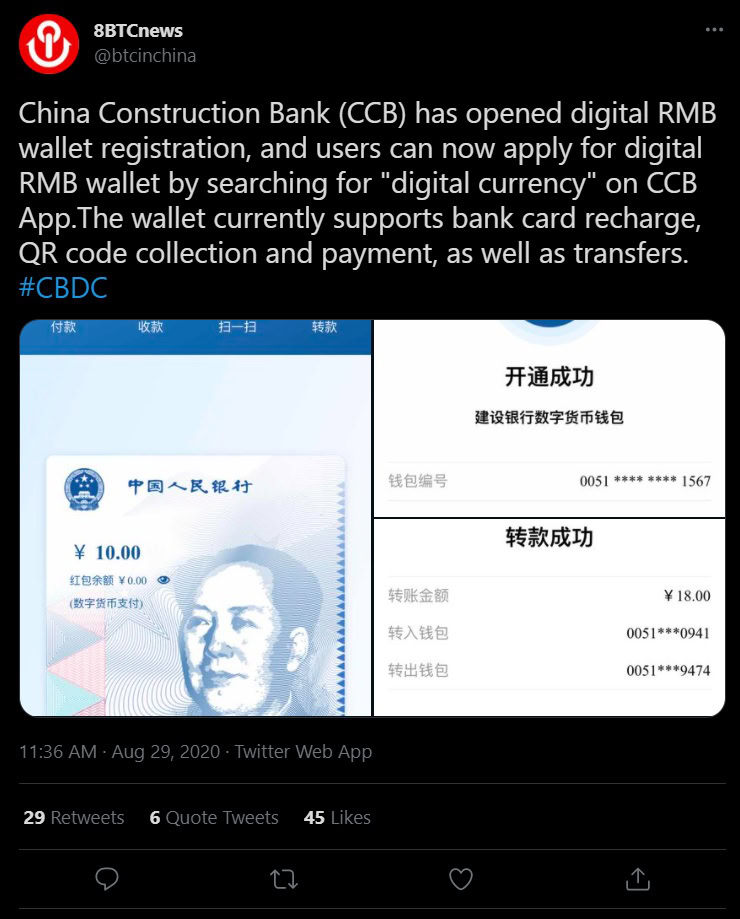
Usage is simple; citizens simply need to download a mobile application and verify their identities. App-based payments already account for the lion’s share of transactions in the country, so the learning curve isn’t too steep.
Besides reclaiming control from private entities like Alibaba, the Chinese government’s long term goal for the e-yuan project appears to involve dethroning the US dollar. For nearly a century, the dollar has maintained a comfortable lead as the world’s reserve currency, alongside the euro and a handful of others. These currencies are known for dominating global trade and commodity markets. With the e-yuan project, China hopes to earn a slice of that pie by being the first to market with an inexpensive cross-border payment solution.
Other countries aren’t sitting idly by though. Rumors of the EU and US exploring a digital euro and dollar were essentially confirmed in recent times. However, these projects are still very much in their early days of prototyping and haven’t been tested in the hands of end-users yet.
The EU and US are now considering rolling out their own CBDC implementations, based on the euro and dollar.
The prospect of a central bank-issued digital currency has also gained momentum in less developed economies. India, Thailand, and Venezuela are only a small sampling of nations that have expressed keen interest in developing a tokenized version of their respective currencies.
Wrapping Up
Given the myriad of advantages offered by CBDCs, it’s no surprise that governments around the world have fully embraced them.
It’s also worth noting there’s already significant demand for a digital equivalent to fiat currencies such as the dollar and yuan. Stablecoin issuers such as Tether (USDT) and USD Coin (USDC) have deployed over $100 billion worth of fiat-backed digital currency to date. Whether this demand translates to government-backed assets however, remains to be seen.
Read more: What is USD Coin?
Do you think a potential digital dollar or euro could attract widespread usage, especially among those without access to financial services today?